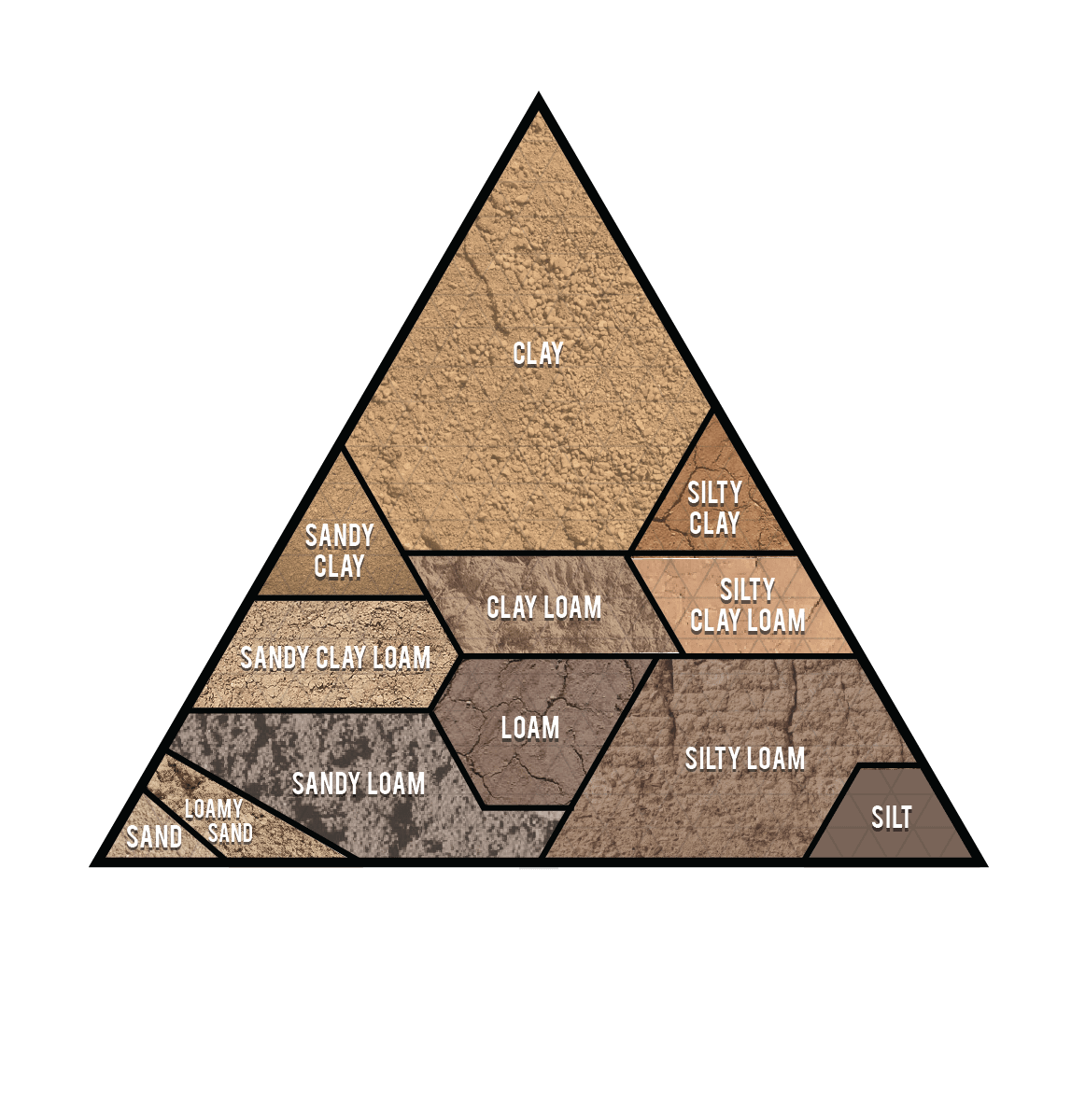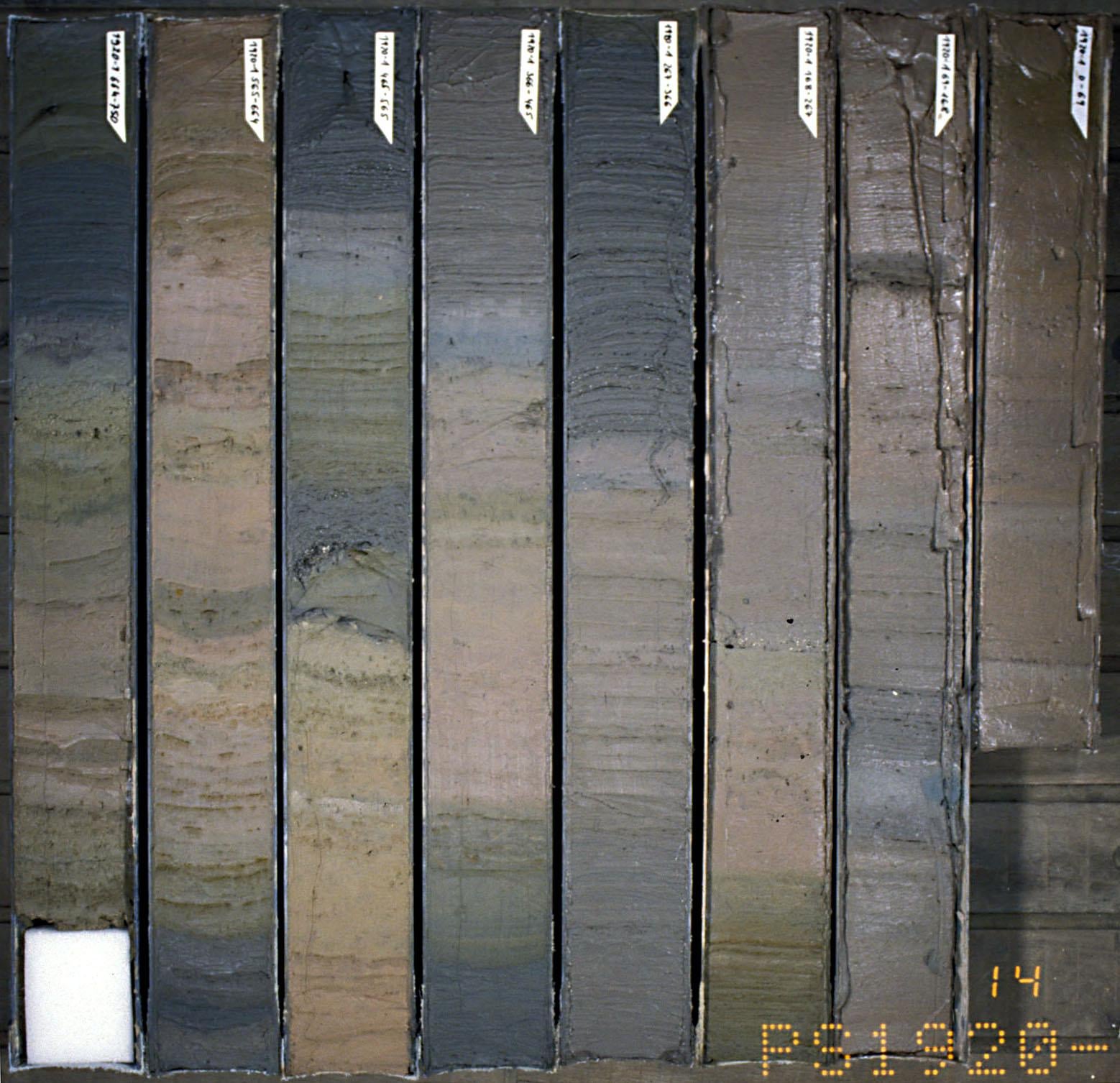this post was submitted on 21 Jan 2024
23 points (100.0% liked)
Soil Science
553 readers
1 users here now
Welcome to c/soilscience @ slrpunk.net!
A science based community to discuss and learn all things related to soils.

Notice Board
This is a work in progress, please don't mind the mess.
Subdisciplines of soil science include:
- Soil Taxonomy & mapping
- Soil Fertility & Organic Amendments
- Soil Chemistry & Remediation
- Soil Mineralogy
- Soil Physics
- Soil Biology
These subdisciplines are used by various other disciplines, particularly those related to reclamation, remediation, and agriculture.
Rules
- Don't throw mud. Be kind and remember the human.
- Keep it rooted (on topic).
- Please use a tag.
- No spam.
- Memes are welcome, but the focus of this community is science-based
Resources
Blogs
Careers
Chemistry
- Secondary and micronutrient availability by pH
- Secondary and micro nutrients availability by pH line graph
- Common Nutrient Deficiency Symptoms on Leaves Infographic
Classification
Maps & Datasets
Canada
- Canadian System of Soil Classificaiton
- 1982 Canadian Manual for Describing Soils in the Field
- Alberta Soil Quality Criteria Relative to Disturbance this one is widely used across Canada
- Best management practices for conservation of reclamation materials in the mineable oil sands region of Alberta - a good guide to basic reclamation and revegetation BMPs
Europe
- Agrifood Soilscapes (UK)
- Datasets from the BGS (UK)
- Datasets from the James Sutton Institute (UK)
- Scotland Environment Soil Maps
- Soil Atlas of Europe
- UK Geochemical Atlas
- UK Soil Observatory
United States
World
Soil Contamination:
- Cornell Guide to Testing Contaminated Soils
- CCME Soil Guidelines for Contaminants
- Wikipedia Lists of Hyperaccumulators for Bioremediation

Similar Communities
- [email protected]
- [email protected]
- [email protected]
- [email protected]
- [email protected]
- [email protected]
Sister Communities
Science and Research
Biology and Life Sciences
Plants and Gardening
Physical Sciences
Humanities and Social Sciences
Memes
Find us on Reddit
founded 1 year ago
MODERATORS
you are viewing a single comment's thread
view the rest of the comments
view the rest of the comments
Like @Lexicon said, looking up soil maps for your region and reading about the predominant types around you is a good start. You can also take samples of the soil from the areas you're planning to garden in and do a jar test to see what your prevailing mix is like - dig several test holes for each garden space and mix them to get a representative sample for each garden. Take some of the mixed soil for each garden area and put them in labeled jars with an equal amount of water and agitate the jars (after closing them). Let that water set for a while to allow the soil to fall out of solution and stratify - you'll be able to measure the layers of sand, loam, and clay to get a decent idea of what you're working with.
Knowing the composition of the parent material is good, but it won't tell you what minerals and nutrients are present. You may be able to find soil testing kits at a nearby garden center to do some tests yourself. Where we are, a nearby Agricultural College performs soil tests for a relatively low cost and allows us to select which tests we want done. Personally, I found a Haney soil test to be the most actionable out of the various mineral/nutrient/biological activity tests we've had done. Some labs will send treatment recommendations along with the results, with suggestions of soil amendments you can add to bring certain elements into the desired range (but the best way to amend and improve the soil is with plants!)
In addition to looking into your soil type, doing some research into the native plants of your area will provide many clues to what families of plants will do well for you. Check out some botany field guides or foraging guides from your local library, they'll often have information about the types of areas in which the plants can be found, as well as other species they'll grow alongside. There may be a native plant society around you (us plant nerds will talk your ear off) to make suggestions or share experiences as well as providing you opportunities to trade for plants. If you see someone working in their garden in your neighborhood: politely introduce yourself, compliment their plants, and ask them for advice for someone who just moved there and wants to garden*. If there is a local farmer's market, go there and ask folks what grows well and what plants to avoid.
*The latest new neighbor who did this to me got sent home with several dozen cuttings and a few more dozen starts
Thank you for the tips! Luckily I’ve got too many jars laying around so that won’t be a problem.
As for neighbours, there’s a bit of a language barrier, but I’ve got my gf’s grandma who’s growing a bunch of stuff near here so I’m definitely planting natives, but I also want to plant a couple of blackcurrant bushes which might prove to be a little tricky since there’s little rainfall.
One method that may be useful for experimenting with currants in a dry region is the practice of pit-and-mound plantings. Just upslope of where you intend to plant them, dig a small hole and tamp down the bottom and sides to create a basin. It can help to add water during this step, and it will give you the ability to see how the rate of percolation (the draining of the water through the soil) changes. The goal of this method is to catch as much of the precipitation as possible and release it slowly and locally to a particular plant. This will give that plant a longer period of water availability which could help to mitigate the general lack of rain.
Since currants propagate readily from mounding, or stool layering (if you're looking for other plants this will work with), you can use the soil you dug to build up soil against the stems. Alternatively, you can use the removed soil to create small half rings on the downslope side of them to create additional space to hold water. If you decide to mound the soil, be sure to make the top as flat and level as you can to allow water to soak in instead of running off too quickly.